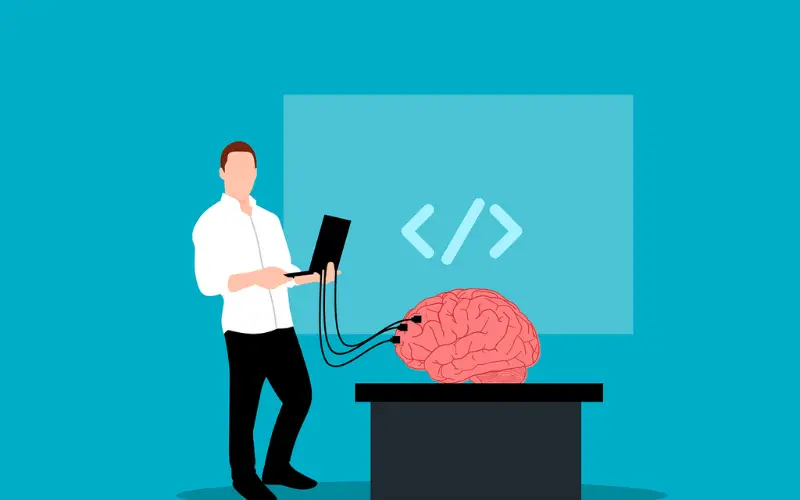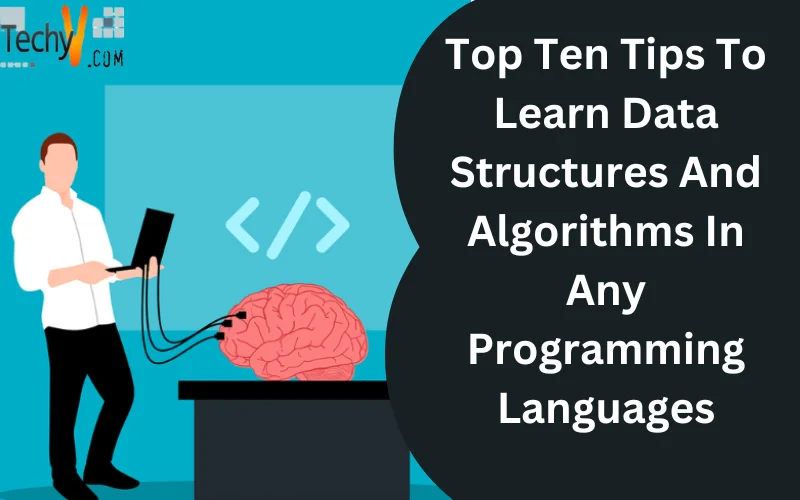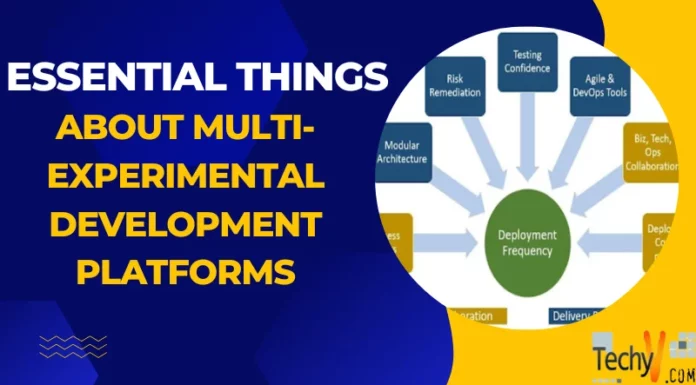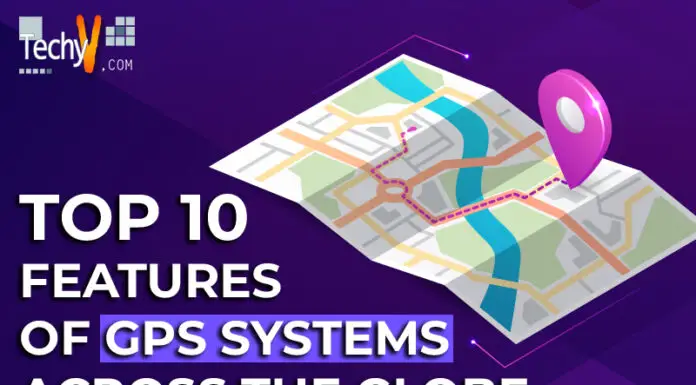Mastering data structures and algorithms is crucial for anyone aspiring programmer. They serve as the building blocks of problem-solving and efficient software development. In the following article, we will explore ten suggestions for grasping data structures and algorithms in any programming language. These tips will enhance your comprehension of the concepts. Elevate your ability to solve problems effectively.
1. Start With The Basics
To start your path towards learning about data structures and algorithms. It is vital to have a grasp of the basics. Get familiar with data structures like arrays, linked lists, stacks, and queues. Understand their properties operations and how they are implemented in the programming language you’ve chosen. Similarly, comprehend algorithms such as sorting, searching, and recursion. You may get a grasp of these essential ideas by laying a foundation. As you advance in your learning, this will make it simpler for you to explore data structures and algorithms.

2. Choose A Programming Language
It is crucial to choose a programming language that you feel at ease with or have an interest in learning. While every programming language has its syntax and features, the fundamental principles of data structures and algorithms stay consistent. Opting for a language you already know allows you to concentrate on comprehending the concepts rather than grappling with the syntax. However, learning a language will enable you to develop your abilities and dive into other programming paradigms if you are interested in learning it.
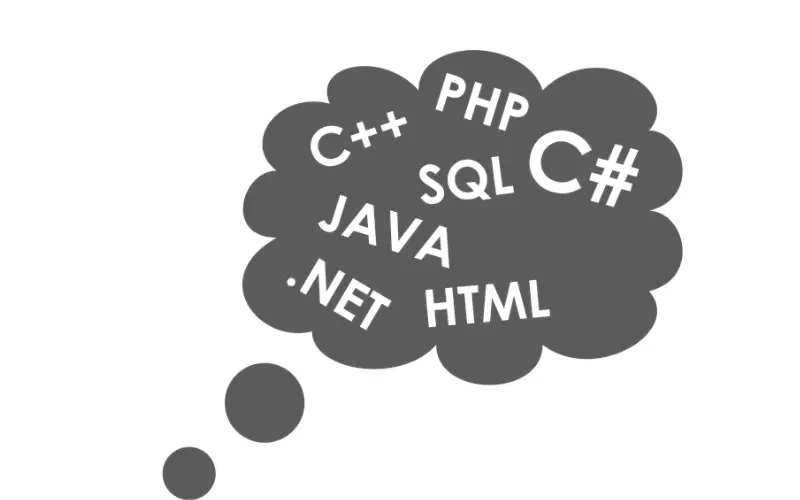
3. Practice A Lot
Mastering data structures and algorithms requires practice. To strengthen your understanding and enhance your problem-solving abilities, it is crucial to address coding problems. There are coding challenges on platforms such as LeetCode, HackerRank, and CodeChef, catering to various difficulty levels. Start with problems. Gradually move towards more complex ones. Through practice, you’ll become familiar with implementing data structures and algorithms while also gaining exposure to various problem-solving techniques and strategies.
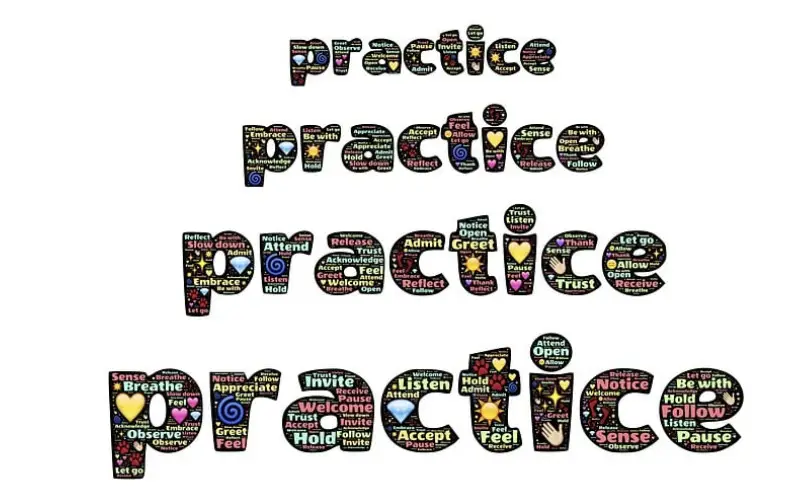
4. Analyze Time And Space Complexity
It is essential to have an understanding of the time and space complexity of algorithms if you want to write code. Time complexity refers to how long an algorithm takes to run, while space complexity refers to how much memory it needs. By examining the efficiency of an algorithm, you can choose the solution for a given problem. Big O notation is a way of expressing how fast an algorithm grows. Analyzing time and space complexity allows you to make decisions when selecting algorithms and optimize your code for performance.

5. Implement Data Structures From Scratch
Creating your data structures from scratch is a method to enhance your understanding of how they function. By writing code for arrays linked lists, stacks, and queues, you can gain experience and a deeper insight into their mechanisms. This exercise lets you grasp the principles and considerations involved in designing data structures. It also enhances your programming skills and problem-solving capabilities. Developing data structures from the ground up establishes a foundation. It equips you to tackle more intricate data structures and algorithms in the future.

6. Study Existing Implementations
Exploring how data structures and algorithms are implemented in libraries or frameworks can offer insights. It’s essential to analyze the code and grasp how these structures and algorithms are designed and optimized. By studying established implementations, you can learn about practices and efficient algorithms and gain a deeper understanding of writing clean and optimized code. This understanding will aid in enhancing your implementations and making choices when selecting the appropriate data structure or algorithm for a particular problem.

7. Collaborate And Discuss
One way to enhance your learning experience is by engaging in discussions with programmers and becoming a part of coding communities. By collaborating with others, you can gain insights from perspectives and exchange ideas. Additionally, participating in coding competitions or hackathons can provide you with the opportunity to test your problem-solving skills under time pressure and learn from programmers. Sharing your knowledge and seeking feedback from others is also beneficial, as it helps you identify areas for improvement and expands your understanding of data structures and algorithms.

8. Read Books And Online Resources
Books and online resources on data structures and algorithms provide in-depth knowledge and guidance. Books such as “Introduction to Algorithms” by Cormen, Leiserson, Rivest, and Stein provide explanations and practical examples. There are also platforms like GeeksforGeeks and Coursera that offer courses and tutorials related to this topic. By diving into these resources, you can gain an understanding of concepts, explore various algorithmic techniques, and discover how they are applied in real-world scenarios. It’s through combining knowledge with hands-on implementation that you can enhance your comprehension and problem-solving abilities.
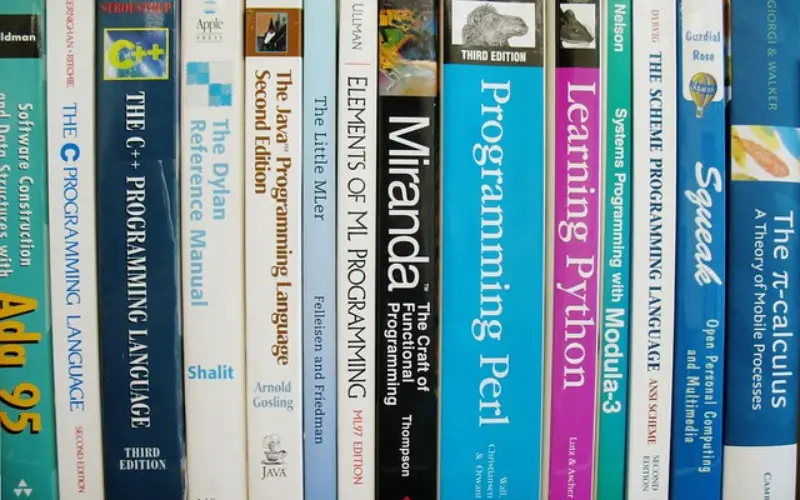
9. Solve Real-World Problems
Utilizing data structures and algorithms to tackle problems is a way to learn. Seek out coding challenges or projects that necessitate utilizing data structures or algorithms. Engaging in hands-on experiences like these will aid in your comprehension of how these concepts are applied in real-life situations. By grappling with real-world problems, you’ll gain insights into problem analysis algorithm design and optimization techniques. Additionally, it will enhance your proficiency in translating real-world requirements into code solutions.

10. Stay Curious And Keep Learning
Data structures and algorithms encompass a range of subjects. There is always more to explore, so it is crucial to maintain your curiosity and dive into the concepts, techniques, and advancements in this field. To stay updated, it’s beneficial to follow blogs, participate in webinars, and engage in forums where you can stay updated with the trends and developments. As a software engineer, continuous learning is vital because it allows you to adapt to technologies, enhance your problem-solving skills, and remain ahead in an evolving industry. Embrace a growth mindset. Never stop seeking knowledge and improvement as you journey towards mastering data structures and algorithms.
